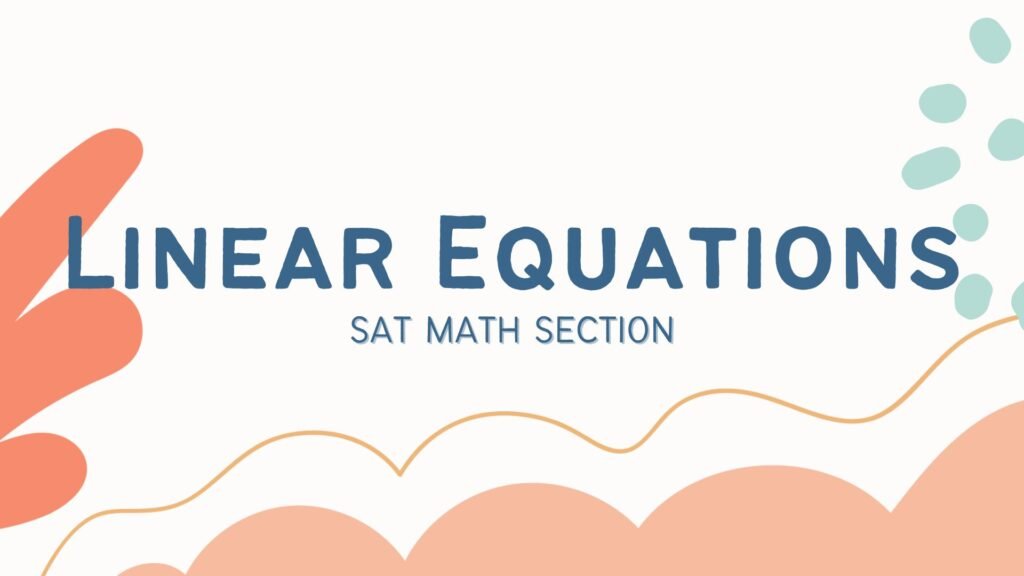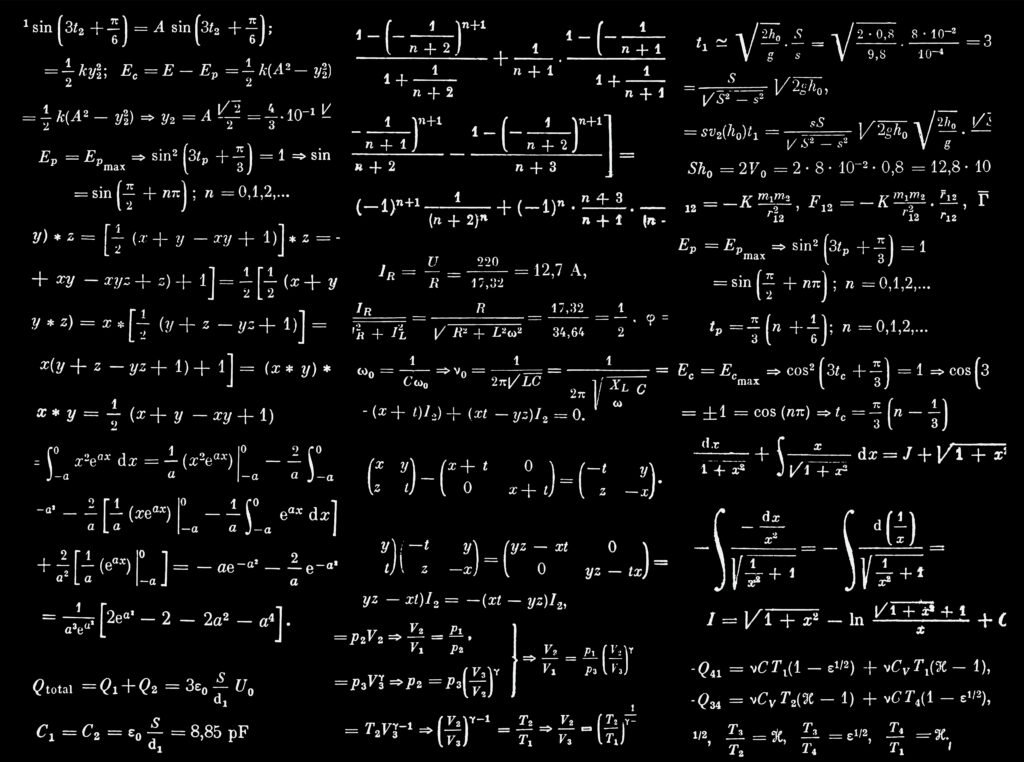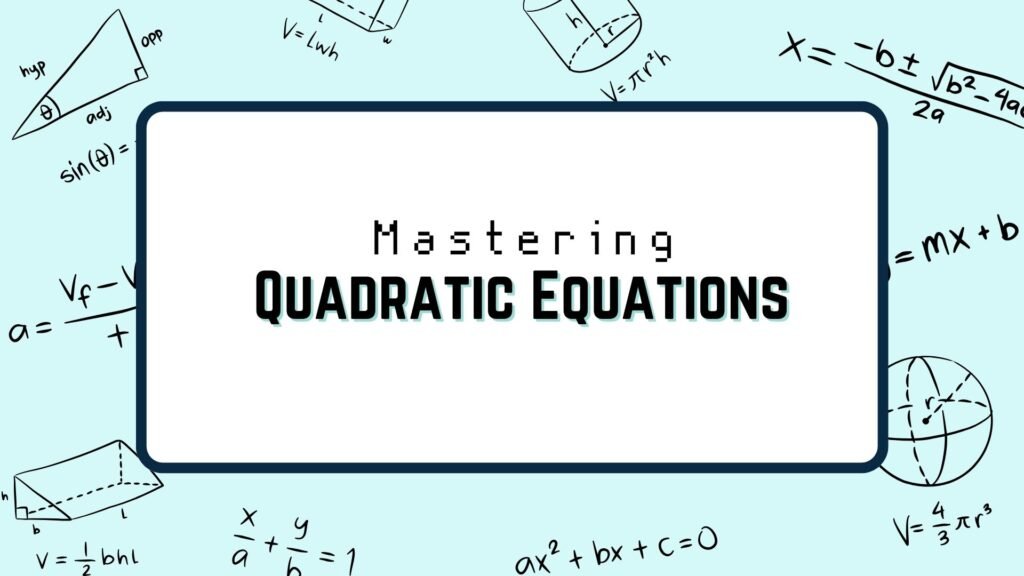SAT Math linear equations is one of the essentials skills to master to get a good score. Good news is it is quite easy to master it. Follow these steps for a mastery of this section.
Table of Contents
1. Understanding Linear Equations:
A linear equation in one variable is an equation that can be written in the form ax+b=0, where a and b are constants, and x is the variable. For instance, 3x+5=14 is a linear equation. A major feature of these equations is that their graphs are straight lines; hence the name “linear”.
2. Basic Principles of Solving Linear Equations:
- Balance is key: Whatever you do to one side of the equation, you must do to the other side to maintain balance. This ensures the equation remains equivalent.
- Combine like terms: This means adding or subtracting terms with the same variables. For instance, in the equation 2x+4x−3=15, you can combine 2x and 4x to get 6x.
- Isolate the variable: Your main aim is to have the variable (usually x) on one side of the equation and numbers on the other side.
3. Common Challenges and Tips to Overcome Them:
- Fractions: Many students are daunted when an equation has fractions. Simplify the process by multiplying every term in the equation by the denominator to eliminate the fraction.For instance, to solve x/2 = 3, multiply both sides by 2 to get x=6.
- Distributive property: Always distribute the value outside the bracket to every term inside before combining like terms.For 3(x+4)=21, distribute the 3 to get 3x+12=21, and then solve.
4. Word Problems and Linear Equations:
Often, the SAT presents linear equations camouflaged as word problems. Here are steps to approach them:
- Translate words into mathematical symbols: ‘Increased by’ can mean ‘+’, ‘product of’ can indicate multiplication, etc.
- Identify what you need to find: Assign a variable to the unknown quantity. If John’s age is what you need to find and it’s twice as old as Peter who is 7, you can let John’s age be x and set up the equation x=2(7)
- Solve for the variable: Once you’ve translated the word problem into an equation, solve for the variable.
5. Practice with Real SAT Problems:
It’s crucial to practice with real SAT problems to get a feel for the test’s structure and types of linear equation problems you’ll face.
For instance:
Question: If 2x−5=3x+10, what is the value of x?
Solution: Subtracting 2x from both sides, we get:
−5=x+10
Subtracting 10 from both sides, we find:
x=−15
6. Test-Taking Strategies:
- Estimation: Sometimes, it’s faster to estimate the answer from the multiple choices provided, especially if calculations seem lengthy.
- Plug in answer choices: If you’re unsure about your equation, you can always plug in the answer choices to see which one works.
- Stay calm and move on: If a linear equation problem seems too complicated, don’t waste time. Flag it, move on, and return if time permits.
Conclusion:
Linear equations are foundational in the SAT Math section, and with consistent practice and understanding of their underlying principles, they can become one of your strengths on the test. Remember, it’s not about memorizing steps but about grasping the logic behind them. Equip yourself with the knowledge, practice regularly, and approach the SAT with confidence.




